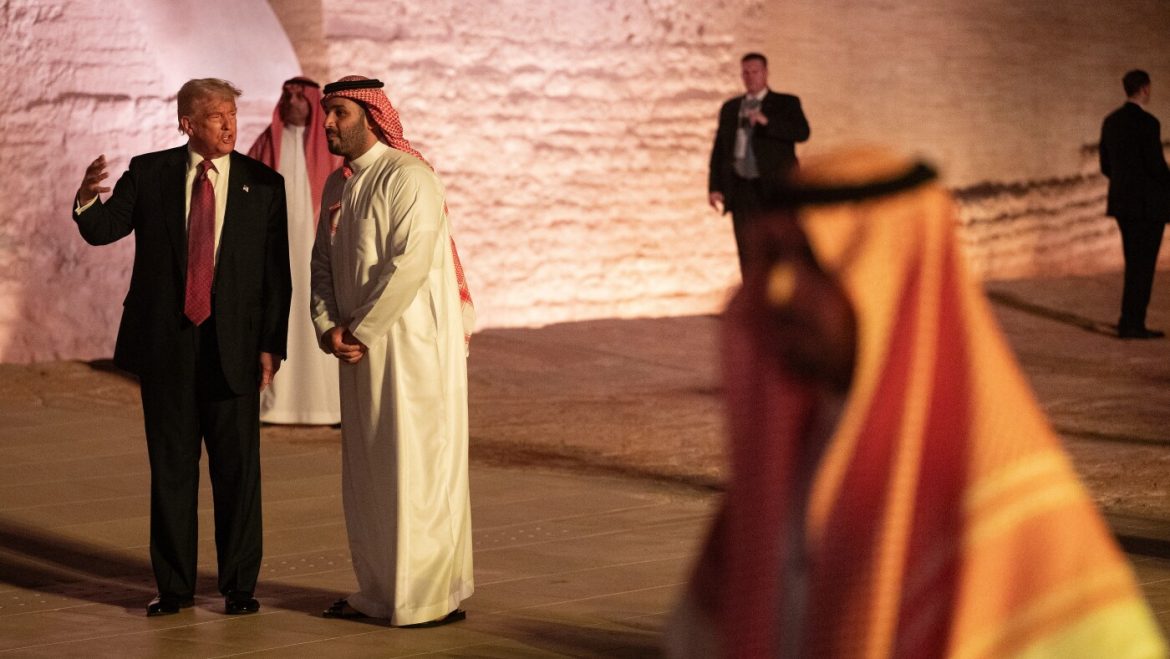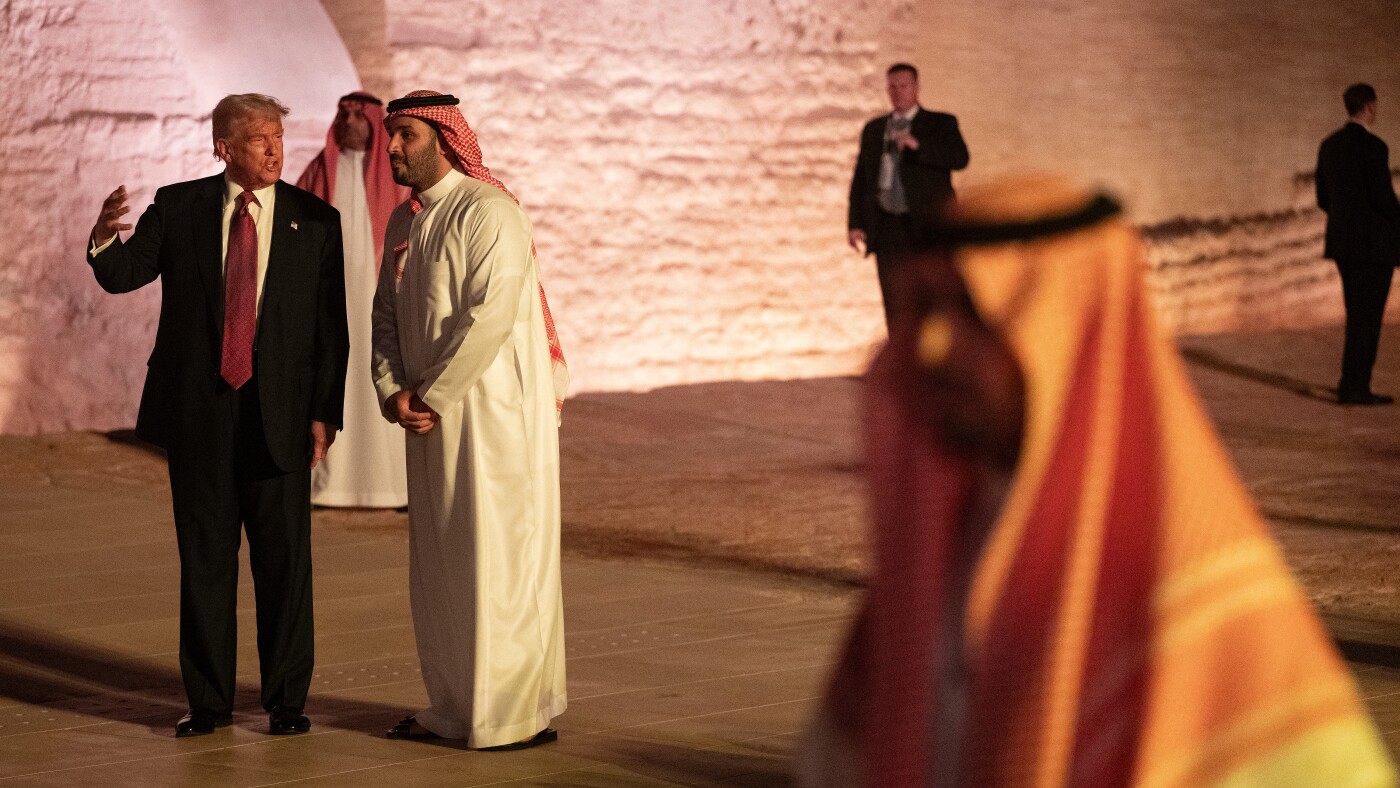Decoding Donald Trump’s Foreign Policy: Deals Over Diplomacy
Donald Trump’s approach to foreign relations has consistently defied traditional diplomatic norms and emphasized transactional, deal-focused interactions. His tenure and return to influence have underscored an “America First” mentality that prioritizes tangible national gains over conventional multilateral diplomacy or conflict resolution. This report delves into the core characteristics, impacts, and global reactions to Trump’s foreign policy, illustrating a paradigm defined by disruption, unpredictability, and a reevaluation of long-standing alliances.
—
The “America First” Doctrine: Business Deals as Statecraft
From the outset, Trump framed foreign policy as a series of high-stakes business transactions rather than ideological or diplomatic initiatives. He repeatedly compared international relations to negotiating deals, with the primary objective being to “win” or emerge ahead economically and geopolitically. This attitude:
– Prioritized bilateral agreements and direct confrontation over multilateral arrangements.
– Pressured allies such as NATO countries to increase defense spending or face tariffs and restrictions.
– Fueled trade wars, notably with Canada, Mexico, and China, emphasizing short-term economic leverage.
– Focused less on traditional diplomacy—ending wars or brokering peace—and more on transactional outcomes.
This style is illustrated by his willingness to engage directly with unpredictable figures like Kim Jong Un, not through gradual diplomatic progression but through personal negotiation and spectacle. It was intended to disrupt established channels and force allies and rivals alike into rethinking their engagement with the U.S.
—
Strained Alliances and the Shift from Global Leadership
Trump’s approach unsettled many longtime U.S. allies. The friction stemmed from a perceived unilateralism and unpredictability, which led to:
– Diplomatic confusion, as traditional partners struggled to anticipate U.S. policy moves.
– Public cancellations of meetings and apparent breakdowns in communication.
– Allies feeling the need to “take decisions to protect themselves” in response to Washington’s erratic policy shifts.
– Decreased U.S. leadership credibility in institutions like NATO, the Paris Climate Agreement, and the World Health Organization.
This erosion of trust was highlighted in reports observing spiraling distrust and the “tearing down” of the post-World War II global order. Allies noticed a vacuum that was often filled by rival powers, especially China and Russia, which exploited the situation diplomatically.
—
Transactional Diplomacy with Allies: Conditional Cooperation
Trump’s diplomacy with allies was not dismissive but conditional. His administration urged partners to:
– Increase their financial contributions to shared defense budgets.
– Accept “fairer” trade relationships, sometimes enforced through tariffs.
– Align more clearly with U.S. strategic priorities or face transactional repercussions.
This stance reframed alliances from partnerships based on shared values and history to relationships contingent on immediate geopolitical and economic returns. While some countries with leverage managed to thrive under this dynamic, smaller or less influential states faced uncertainty and instability in policy consistency.
—
Engagement with Rivals through a Business Lens
Against the backdrop of traditional strategic rivalry, Trump’s dealings with adversaries also followed transactional patterns:
– Engagements with North Korea were groundbreaking but unpredictable—marked more by personal diplomacy than institutional frameworks.
– Relations with Russia involved complex messaging and policies that at times seemed inconsistent.
– In the Middle East, Trump’s focus on “sticky power” and pragmatic deals aimed to expand U.S. influence but provoked debate about the long-term effectiveness of these approaches.
Trump’s diplomatic “smackdowns” in the Oval Office became symbolic of a broader tactic: converting diplomatic encounters into theatrical, confrontational negotiations rather than classic statecraft.
—
Global Impact and Legacy
The cumulative effect of Trump’s foreign policy has been significant:
– The international community has witnessed a realignment of alliances and a trend toward multipolarity.
– The United States’ role as a reliable partner has been questioned.
– Some trade and diplomatic “wins” were claimed, especially in forcing certain countries to renegotiate terms.
– However, key longstanding issues, such as the conflicts in Ukraine and Gaza, have seen little progress.
– The disruption has prompted strategic rethinking by both allies and rivals globally.
Trump’s foreign policy legacy, therefore, is one of disruption and recalibration—where unpredictability and often blunt tactics dominated over nuanced diplomacy and long-term strategy.
—
Conclusion: The Unfinished Business of Trump’s Foreign Policy
Donald Trump’s foreign policy upends conventional diplomacy by treating international relations as a series of win-lose transactions rather than shared commitments. His “America First” approach reshaped how allies, rivals, and global institutions interact with the U.S., often straining trust and creating space for competing powers to maneuver.
While transactional diplomacy yielded some immediate gains, the broader consequences include fractured alliances and uncertainty over America’s role on the world stage. As nations adjust to this new reality, the challenge remains whether future U.S. administrations will restore cooperative diplomacy or further entrench a transactional mindset—one that values deals over diplomacy and confrontation over consensus-building. The world watches closely, navigating the complex legacy left by this era of American foreign policy.


